Part 43
Update 42: Fucking up the party and KETHER CASTLE.
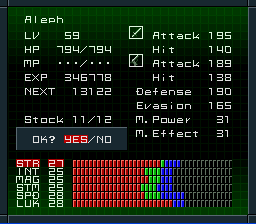
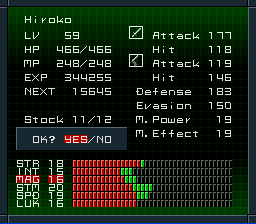
First things first. And the first thing is to do half and half options. Yes.
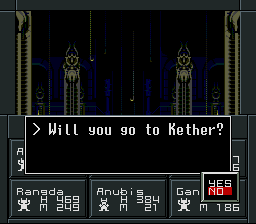
Nooo, got stuff to check first.
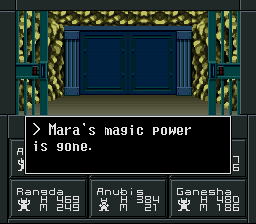
Aaaand behind the sealed theres... No. Not treasure. Not awesome stuff like that, just a little extra convenience when it is time to go up or down. Floorteleporte.r Great.
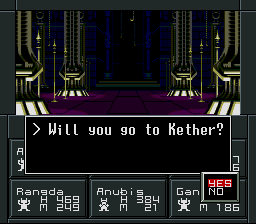
Yes
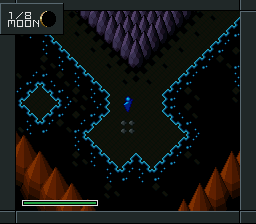
Aaah, Kether.
But not yet. No. Not really. Why?
Because it really is time for a visit to the JAKYOU MANOR, and time to get some bronze boxes as well.
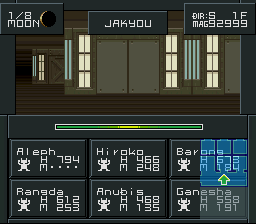
Here it is! The Manor once more.
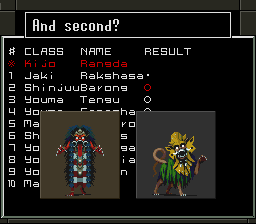
Let's see what happens when these two are fused...
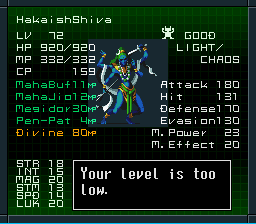
Hell. That's more convenient than keeping the Rakshawhatever, Ganesha and Anubis. But they can always be replaced with a Bronze Box. So there's no problem if I use them right now. I am lying. I messed up. Did not ever fight a Barong or a Rangda, and instead dealt with them with DIALOG. Can't resummon them with a Bronze Box
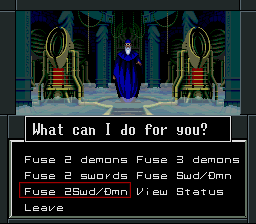
Let's see what this all is about.
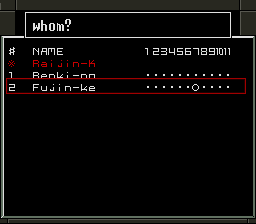
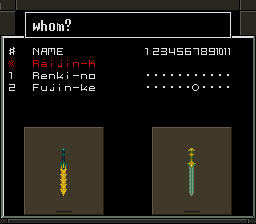
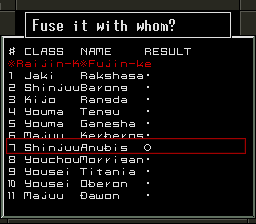
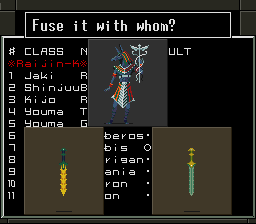
What will be the end result of this?
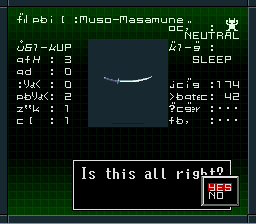
FUCK. YES.
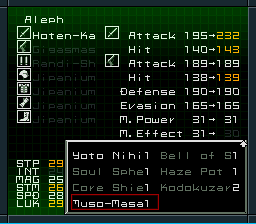
Oh hoh hoh hoh.
Muso-Masamune
Attack = 174 Hit% = 42 # of Attacks = 2, Inflicts SLEEP
STR +3, STM +2, SPD +1, LCK +1
Gender: MALE, FEMALE
Alignment: NEUTRAL
One hit less than the Hoten Kageki, but pretty good otherwise. It is a good change. Yes.
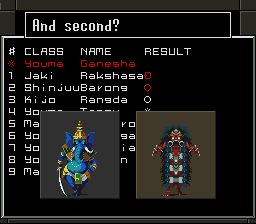
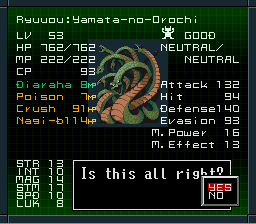
Hahah, oh wow. They used the same sprite that was used in SMT1.
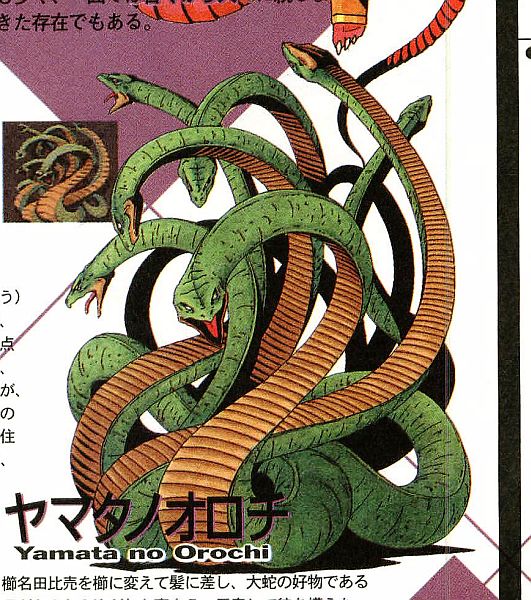
Wikipedia posted:
Yamata-no-Orochi (八岐の大蛇, "big snake of eight branches"; often called Orochi or the Eight-Forked Serpent in English), is a dragon- or serpent-like creature in Japanese mythology. In the ancient Japanese scripture, the Kojiki, after Susa-no-Ō is expelled from Heaven, he encounters two Kuni-tsu-Kami ("earthly deities") near the head of the Hi-i-gawa ("Hi'i river") in Izumo Province. They are weeping because they have had to give the Orochi one of their daughters once every year, and now they must sacrifice their eighth and last, whose name is Kushi-inada-hime.
The monster is described as having eight heads and eight tails and eyes as red as winter-cherries. It is so long its body extends over eight valleys and eight hills, its belly is always bloody and inflamed, and its back is covered with hikage (clubmoss), hinoki (Japanese cypress), and sugi (Japanese cedar).
Susa-no-Ō asks for Kushi-inada-hime's hand in marriage, and then transforms her into a comb (kushi) which he places in his hair. He then asks her parents to brew some sake that has been refined eight times, and then build a round enclosure with eight gates, each with a platform and a sake vat. They fill the sake vats and wait, and sure enough the Orochi appears. It dips a head into each vat, and is soon intoxicated, allowing Susa-no-Ō to cut it into pieces. When he cuts the middle tail, his sword is chipped, and there he finds the legendary sword, Kusanagi-no-Tsurugi.
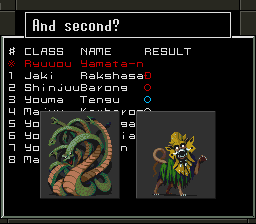
Mixing the Orochi with the Barong gives us...
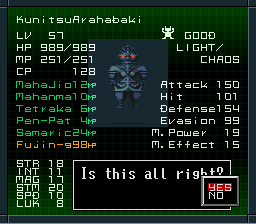
What the Christ.
HIGH HP and stuff. Useful.
So that's why in SMT3 the Momunofu transform to Arahabakis...Megaten Wiki posted:
An ancient Japanese aboriginal god since the Kohun period. The Momunofu were his servants and before his religion was submerged by the Shinto pantheon, Arahabaki was worshipped in Japan's North-Eastern regions. He was also worshipped by Nagasunehiko, an enemy of Emperor Jimmu, and so by the Emperor's orders Arahabaki became a symbol of treachery, rebellion, and herocy and his worship was forbidden for a long period afterwards. Nowadays, Arahabaki's clay figurine is especially common in inns throughout Japan.
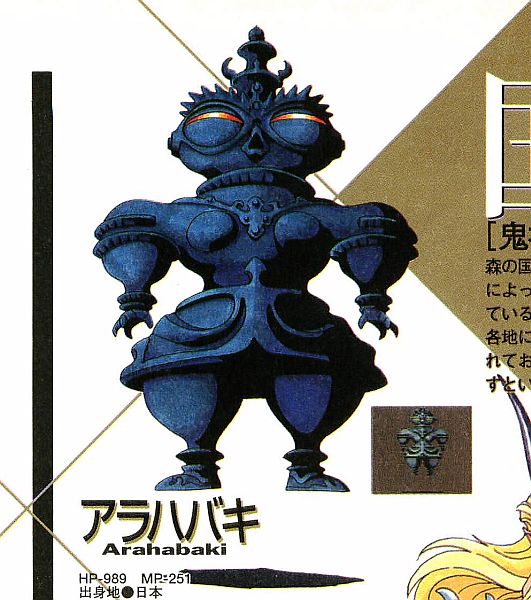
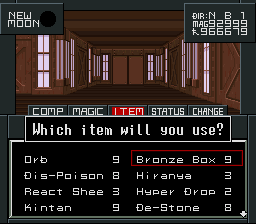
Took a little trip to Roppongi to get some Bronze Boxes. But cannot get Anubis or the Barong. Will have to re-recruit them in the future. Damnation.
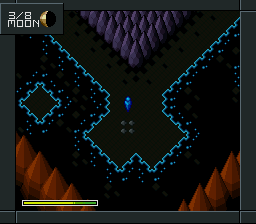
Now, with an ew awesome sword, and without the single most damaging mparty member (for the Chaotic enemies, at least, and yes, I do mean Anubis), it is time to advance.Advance to Kether!
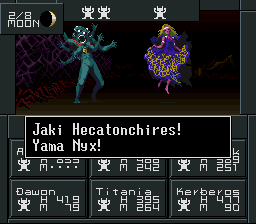
Holy hell that thing is ugly.
Wikipedia posted:
The Hecatonchires, or Hekatonkheires, were three gargantuan figures of an archaic stage of Greek mythology. according to Hesiod they were children of Gaia and Uranus,[1] simply the issue of Earth and Sky, or of Earth and Sea[2] thus part of the very beginning of things (Kerenyi 1951:19) in the submerged prehistory of Greek myth, though they played no part in cult. They were known as Briareus the Vigorous, also called Aigaion, the "sea goat", Cottus the Striker or the Furious, and Gyges (or Gyes) the Big-Limbed. Their name derives from the Greek ἑκατόν (hekaton; "hundred") and χείρ (kheir; "hand"), and means "Hundred-Handed", "each of them having a hundred hands and fifty heads" (Bibliotheca). They were giants of incredible strength and ferocity, even superior to that of the Titans, whom they helped overthrow, and the Cyclopes. In Latin poetry, the Hecatonchires were known as the Centimani, which simply translates "Hundred-Handed Ones."
It would be difficult to determine exactly what natural phenomena are symbolized by the Hecatoncheires. They may represent the gigantic forces of nature which appear in earthquakes and other convulsions, or the multitudinous motion of the sea waves (Mayer, Die Giganten und Titanen, 1887).
Soon after they were born, their father, Uranus, threw them into the depths of Tartarus because he saw them as hideous monsters. In some versions of this myth, Uranus saw how ugly the Hecatonchires were at their birth and pushed them back into Gaia's womb, upsetting Gaia greatly, causing her great pain, and setting into motion the overthrow of Uranus by Cronus. In this version of the myth, they were only later imprisoned in Tartarus by Cronus. Another version[citation needed] of the legend seems to say that Gaia wanted Cronus to free the Hecatonchires, but that he didn't, which possibly made them bitter at the Titans.
The Hecatonchires remained there, guarded by the dragon Campe, until Zeus rescued them, advised by Gaia that they would serve as good allies against Cronus. During the War of the Titans, the Hecatonchires threw rocks as big as mountains, one hundred at a time, at the Titans, overwhelming them. Hesiod, in continuing the Theogony (624, 639, 714, 734-35) reports the three Hecatonchires became the guards of the gates of Tartarus. Other accounts make Briareus one of the assailants of Olympus, who, after his defeat, was buried under Mount Aetna (Callimachus, Hymn to Delos, 141).
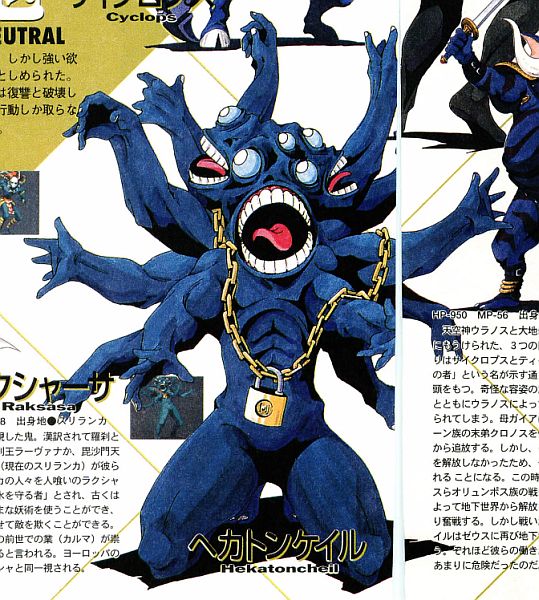
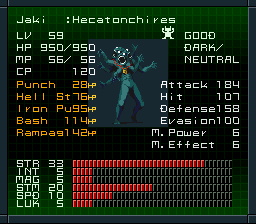
Clearly, if it wasn't for the Charming bullets, Aleph and Hiroko and the minions would be in a world of hurt.
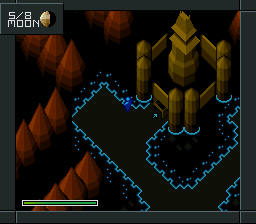
The castle itself.

LIVING DOORS.
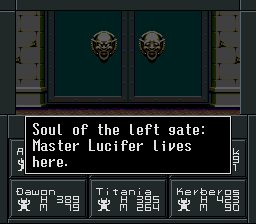

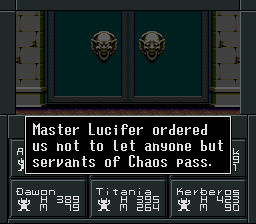
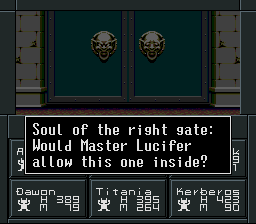
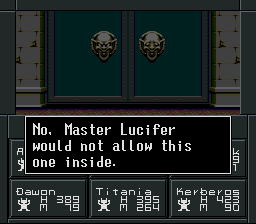
Yeah, well, fuck you.
Clearly the robe is not helpful.
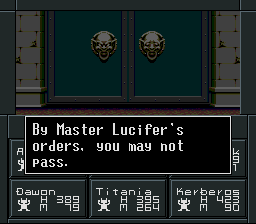
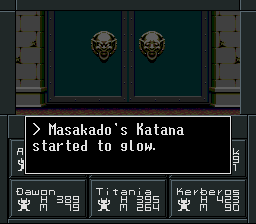
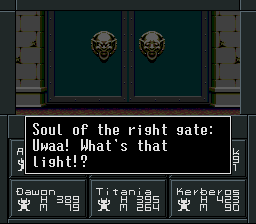
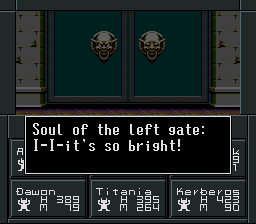

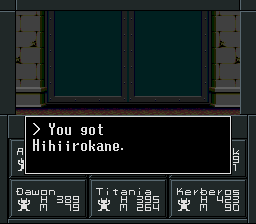
Well, that was useful. Again.
And since that is an "important item", I have absolutely no idea what it is going to do.
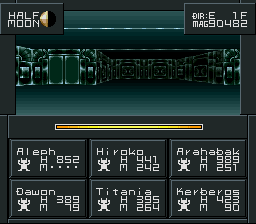
Weeird decoration.
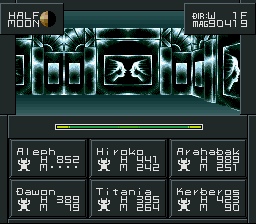
Kissy.
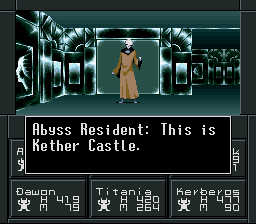
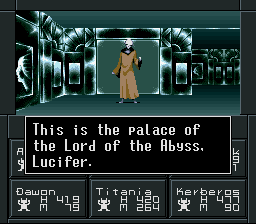
Yeah, knew that. You are useless.
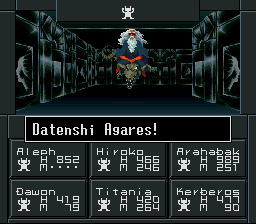
New datenshi!
Wikipedia posted:
In demonology, according to some authors, Agares (or Agaures) is a Prince, ruling the eastern zone of Hell, and being served by 30 legions of demons. He is among the more benevolent of demon lords.[citation needed]
Other sources say that he is a Grand Duke and has 31 legions under his command, and add that he can make runaways come back, and those who run stand still. He can also cause earthquakes and teaches languages, finding pleasure in teaching immoral expressions. He also has the power to destroy dignities, both temporal and supernatural.[1][2]
He is depicted as a pale old man riding a crocodile and with a hawk on his fist.[1][2]
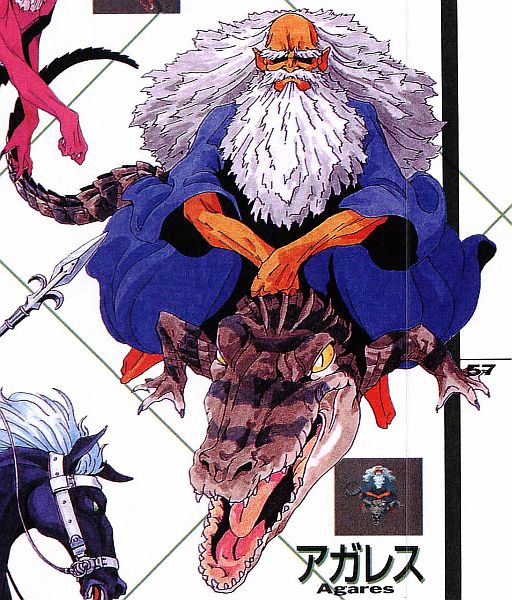
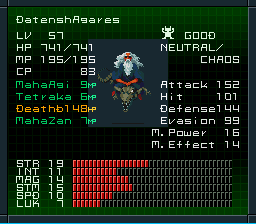
Double meh. And he doesn't even look as cool as other demons.
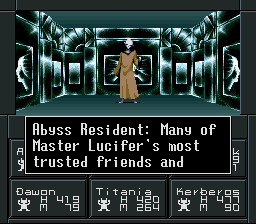
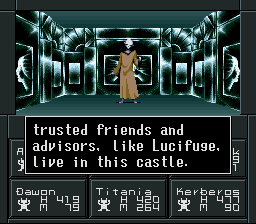
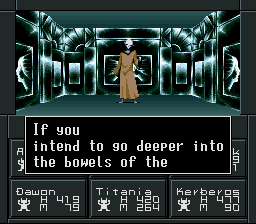
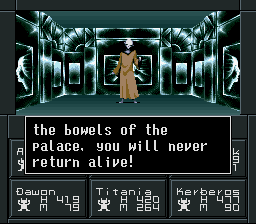
Want to bet?
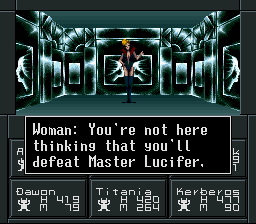
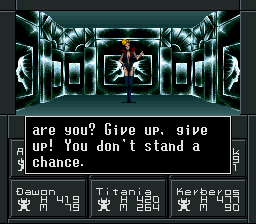
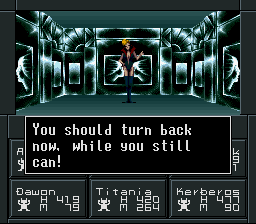
Meh!
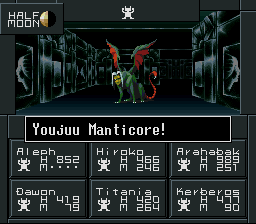
A Manticore!
Wikipedia posted:
The manticore is a legendary creature similar to the Greek Sphinx. It has the body of a red lion, a human head with three rows of sharp teeth, and a trumpet-like voice. Other aspects of the creature vary from story to story. It may be horned or not. The tail is either of a dragon or a scorpion, and it may shoot poisonous spines to either paralyze or kill its victims. It may be as big as a horse and may have wings.
The manticore was of Persian origin, where its name was "man-eater" (from early Middle Persian martya "man" (as in human) and xwar- "to eat"). The English term "manticore" was borrowed from Latin mantichora, itself borrowed from Greek mantikhoras—an erroneous pronunciation of the original Persian name. It passed into European folklore first through a remark by Ctesias, a Greek physician at the Persian court of King Artaxerxes II in the fourth century BC, in his notes on India ("Indika"), which circulated among Greek writers on natural history, but have not survived.
The Romanised Greek Pausanias, in his Description of Greece, recalled strange animals he had seen at Rome and commented,“ The beast described by Ctesias in his Indian history, which he says is called martichoras by the Indians and "man-eater" by the Greeks, I am inclined to think is the tiger. But that it has three rows of teeth along each jaw and spikes at the tip of its tail with which it defends itself at close quarters, while it hurls them like an archer's arrows at more distant enemies; all this is, I think, a false story that the Indians pass on from one to another owing to their excessive dread of the beast. (Description, xxi, 5) ”
Pliny the Elder did not share Pausanias' skepticism. He followed Aristotle's natural history by including the martichoras—mistranscribed as manticorus in his copy of Aristotle and thus passing into European languages—among his descriptions of animals in Naturalis Historia, c. 77 AD.
Pliny's book was widely enjoyed and uncritically believed through the European Middle Ages, during which the manticore was sometimes illustrated in bestiaries. The manticore made a late appearance in heraldry, during the 16th century, and it influenced some Mannerist representations, as in Bronzino's allegory The Exposure of Luxury, (National Gallery, London)[1]— but more often in the decorative schemes called "grotteschi"— of the sin of Fraud, conceived as a monstrous chimera with a beautiful woman's face, and in this way it passed by means of Cesare Ripa's Iconologia into the seventeenth and eighteenth century French conception of a sphinx.
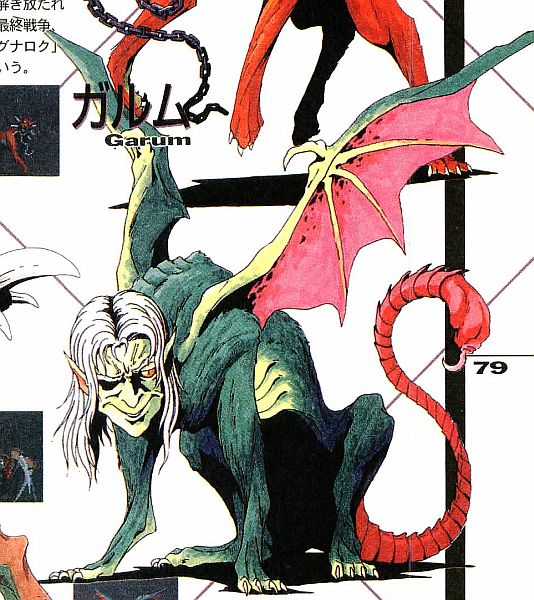
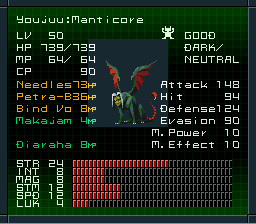
Useless! USELESS!
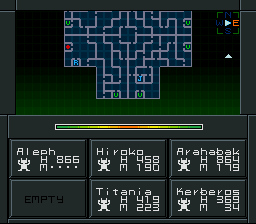
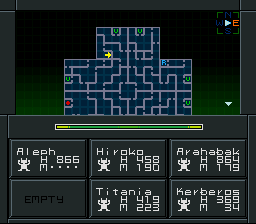
God damned huge first floor. Going upstairs in the closest one.
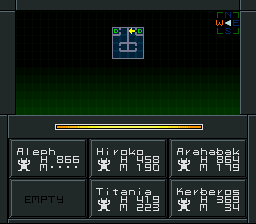
Useless!
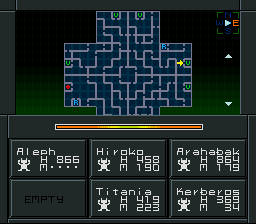
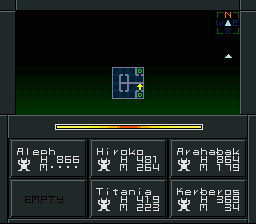
Useless!
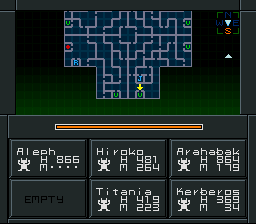
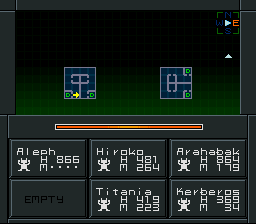
Useless!
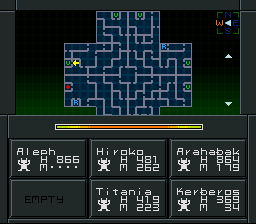
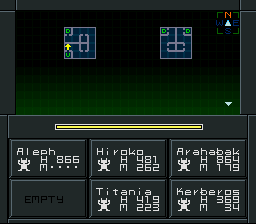
NOT USELESS!
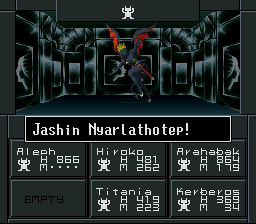
Oh holy shit it is Nyarlathotep.
Wikipedia posted:
Nyarlathotep (the Crawling Chaos) is a fictional character in the Cthulhu Mythos. He is the creation of H.P. Lovecraft and first appeared in his prose poem "Nyarlathotep" (1920). The being is one of the cosmic Outer Gods and appears in numerous stories by Lovecraft. Nyarlathotep is also featured in the works of other authors, as well as in role-playing games based on the Cthulhu Mythos.
In a 1921 letter to Reinhardt Kleiner, Lovecraft related the dream he had had — described as "the most realistic and horrible [nightmare] I have experienced since the age of ten" — that served as the basis for his prose poem "Nyarlathotep". In the dream, he received a letter from his friend Samuel Loveman that read:
Don't fail to see Nyarlathotep if he comes to Providence. He is horrible — horrible beyond anything you can imagine — but wonderful. He haunts one for hours afterward. I am still shuddering at what he showed.
Lovecraft commented:
I had never heard the name NYARLATHOTEP before, but seemed to understand the allusion. Nyarlathotep was a kind of itinerant showman or lecturer who held forth in publick halls and aroused widespread fear and discussion with his exhibitions. These exhibitions consisted of two parts — first, a horrible — possibly prophetic — cinema reel; and later some extraordinary experiments with scientific and electrical apparatus. As I received the letter, I seemed to recall that Nyarlathotep was already in Providence.... I seemed to remember that persons had whispered to me in awe of his horrors, and warned me not to go near him. But Loveman's dream letter decided me.... As I left the house I saw throngs of men plodding through the night, all whispering affrightedly and bound in one direction. I fell in with them, afraid yet eager to see and hear the great, the obscure, the unutterable Nyarlathotep.[1]
Will Murray suggests that this dream image of Nyarlathotep may have been inspired by the inventor Nikola Tesla, whose well-attended lectures did involve extraordinary experiments with electrical apparatus, and whom some saw as a sinister figure.[2]
Robert M. Price proposes that the name Nyarlathotep may have been subconsciously suggested to Lovecraft by two names from Lord Dunsany, an author he much admired: Alhireth-Hotep, a false prophet from Dunsany's The Gods of Pegana, and Mynarthitep, a god described as "angry" in his "The Sorrow of Search".[3]
Nyarlathotep differs from the other beings in a number of ways. Most of them are exiled to stars, like Yog-Sothoth and Hastur, or sleeping and dreaming like Cthulhu; Nyarlathotep, however, is active and frequently walks the Earth in the guise of a human being, usually a tall, slim, joyous man. Most of the Outer Gods have their own cults serving them; Nyarlathotep seems to serve these cults and take care of their affairs in their absence. Most of them use strange alien languages, while Nyarlathotep uses human languages and can be mistaken for a human being. Finally, most of them are all powerful yet purposeless, yet Nyarlathotep seems to be deliberately deceptive and manipulative, and even uses propaganda to achieve his goals. In this regard, he is probably the most human-like among them.
Nyarlathotep enacts the will of the Outer Gods, and is their messenger, heart and soul; he is also a servant of Azathoth, whose wishes he immediately fulfills. Unlike the other Outer Gods, causing madness is more important and enjoyable than death and destruction to Nyarlathotep.[4] In this sense, he strongly resembles the traditional role of the devil.[citation needed]
In the recent d20 revision of the Call of Cthulhu role-playing game, Nyarlathotep's involvement in human affairs is expanded. According to the Necronomicon, Nyarlathotep will play some part in the End Times. It is stated that he will allow Nyogtha to wipe the Earth clean in preparation for the return of the Great Old Ones, although it does not specify how Nyarlathotep will accomplish this. It also fails to mention when this will occur, but presumably it would be after the fall of Zothique some 5,000 years in the future.
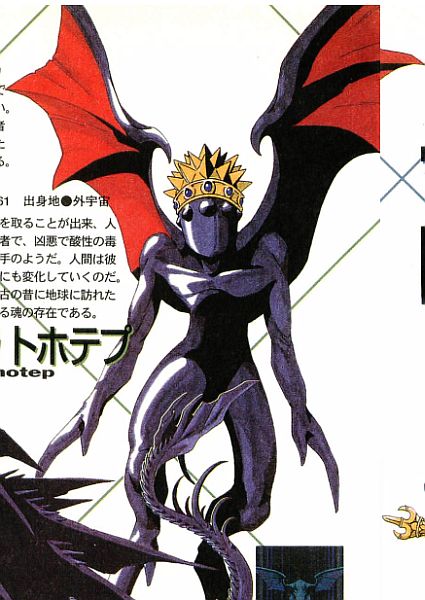
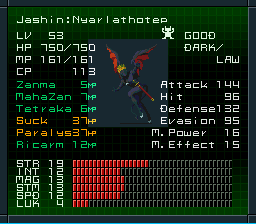
That is so wrong it is funny.
Nyarlathotep, the Crawling Chaos, is a Lawful demon.
HAH!
I can summarize the next set of images with a single expression: URGH.
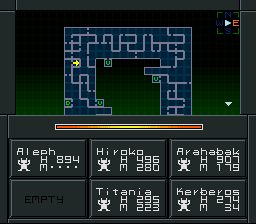
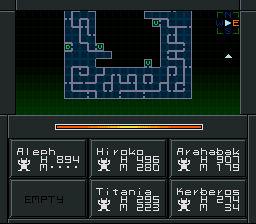
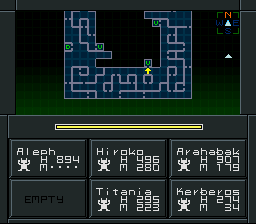
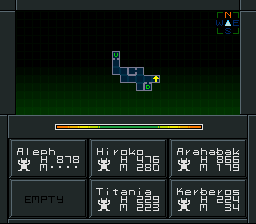
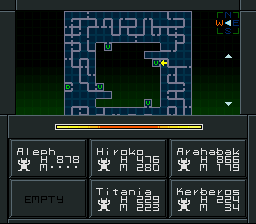
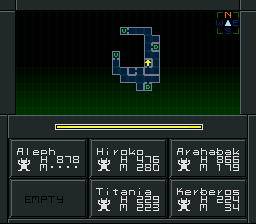
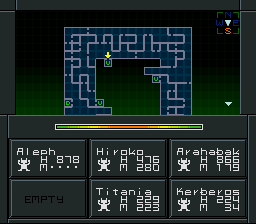
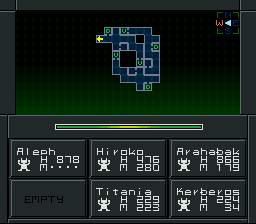
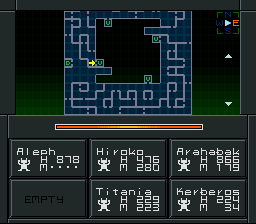
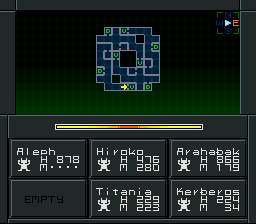
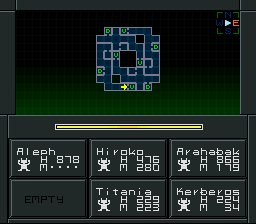
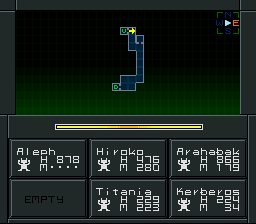
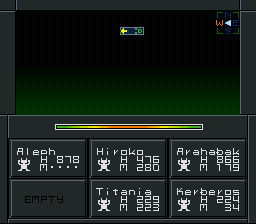
What is this. What lies beyond this passage?
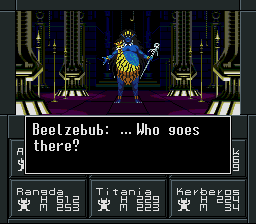
Oh. Shit.
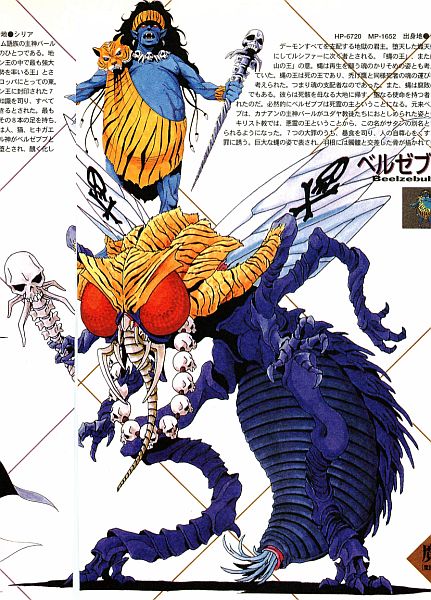
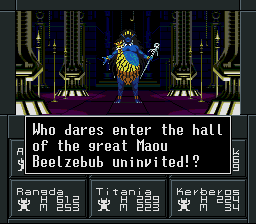
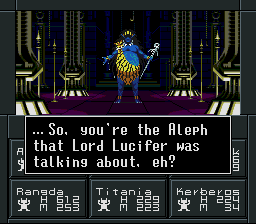
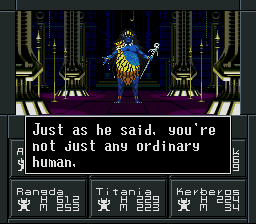
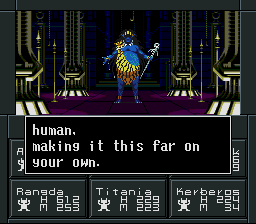
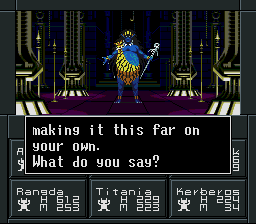
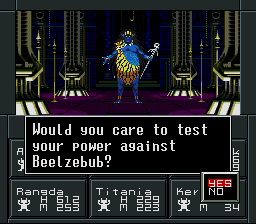
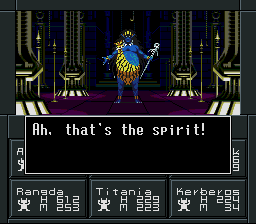
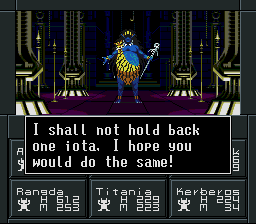
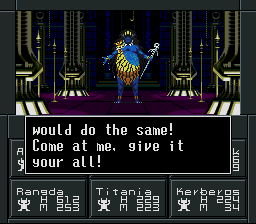
And so, the fight begins.
FUCK.
OH GOD THIS IS NOT GOOD
And after he dies...
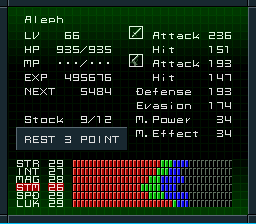
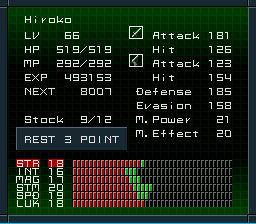
Six points available!
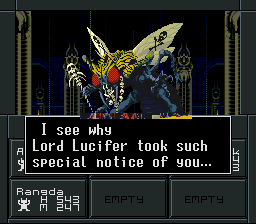
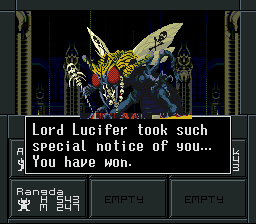
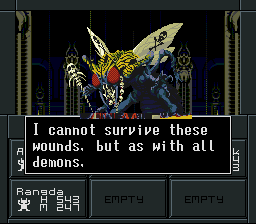
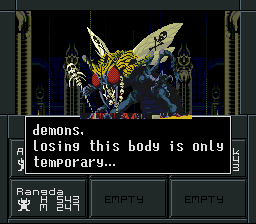
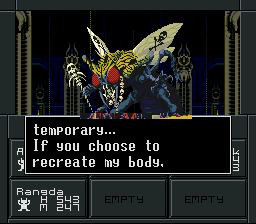
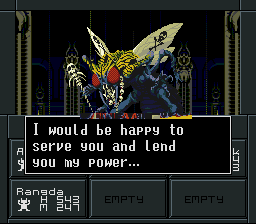
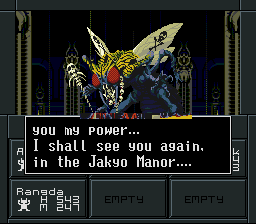
SIX POINTS!
Also: Bonus video: SMT3 Intro, apparently, I can capture stuffs with my capture card. [url=http://www.youtube.com/watch?v=M6uucuTTU2U[/url]